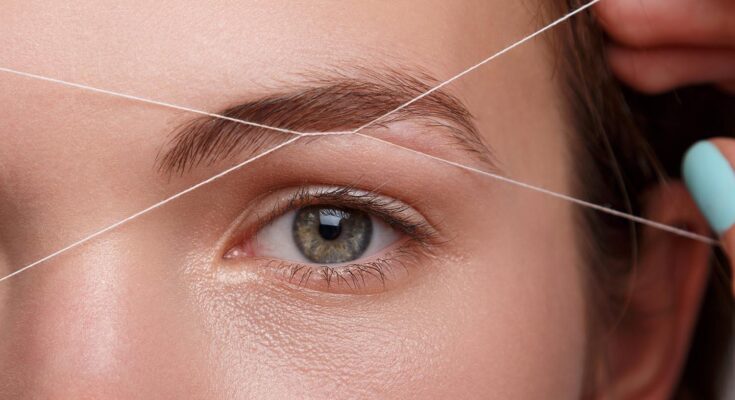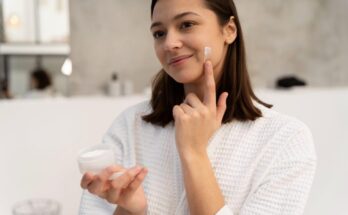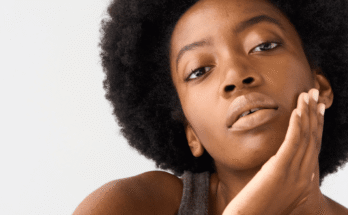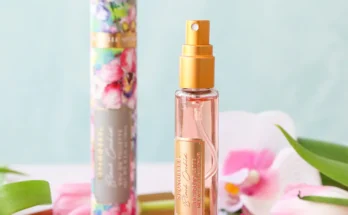Choosing between threading, waxing, and plucking for eyebrow shaping depends on your pain tolerance, skin type, and desired precision. Each method offers distinct advantages that cater to different preferences and needs. For those with sensitive skin, eyebrow threading fountain gate offers a clean and effective way to shape brows.
Pain comparison levels
- Threading involves pulling multiple hairs using twisted cotton thread, creating a quick snapping sensation. Most clients describe the discomfort as sharp but brief, lasting only seconds per area. Waxing removes larger sections of hair at once, causing intense but short-lived pain similar to removing a bandage quickly. The heat from warm wax can intensify the sensation initially.
- Plucking individual hairs with tweezers produces prolonged discomfort since each hair requires separate removal. While the pain per hair is minimal, the extended duration makes it less comfortable for shaping entire eyebrows. People with lower pain thresholds often prefer threading over waxing, while those seeking minimal discomfort might choose professional threading over self-plucking.
Precision and control
- Threading offers exceptional accuracy for creating clean, defined lines and achieving symmetrical brows. The cotton thread can target individual hairs or small sections, allowing technicians to create precise angles and curves. This method removes fine, short hairs that other techniques might miss.
- Waxing removes hair in predetermined shapes based on the wax application area. While efficient for removing bulk hair quickly, achieving detailed work requires multiple applications and cleanup with tweezers. The technique works best for basic shaping rather than intricate designs.
- Plucking provides complete control over individual hair removal, making it ideal for maintenance and touch-ups. Achieving professional-looking results requires skill, steady hands, and considerable time investment.
Skin reaction differences
- Threading causes minimal skin contact since only the thread touches hair follicles directly. It’s a good option for sensitive skin, helping to avoid breakouts or allergic flare-ups. The technique rarely causes ingrown hairs since it pulls hair in the natural growth direction.
- Waxing involves direct skin contact with heated wax and removal strips, potentially causing redness, swelling, or allergic reactions in sensitive individuals. The adhesive properties can sometimes remove surface skin cells and hair, leading to temporary irritation or minor abrasions.
- Plucking causes minimal skin trauma when done correctly, though improper technique can lead to follicle damage, ingrown hairs, or scarring. Overly aggressive plucking may cause permanent hair loss in some areas.
Duration and maintenance
- Threading results typically last three to four weeks, depending on individual hair growth rates. The method removes hair from the root, ensuring slower regrowth than surface-level removal techniques. Regular threading sessions help train hair to grow in desired directions over time.
- Waxing provides similar longevity to threading, lasting approximately four to six weeks. The bulk removal approach means fewer sessions are needed throughout the year, making it convenient for busy schedules.
- Plucking offers the shortest results, with noticeable regrowth appearing within one to two weeks. It provides immediate touch-up capabilities and requires no appointment scheduling.
Cost considerations
- Threading sessions generally cost less than professional waxing treatments, providing comparable results. The technique requires no materials beyond cotton thread, keeping overhead costs minimal for service providers.
- Waxing typically commands higher prices due to product costs and heating equipment requirements. Longer-lasting results may offset the higher per-session expense over time.
- Plucking requires only an initial tweezer investment, making it the most economical long-term option despite requiring more frequent maintenance sessions.
Your ideal eyebrow-shaping method depends on balancing pain tolerance, desired precision, skin sensitivity, time availability, and budget constraints.




